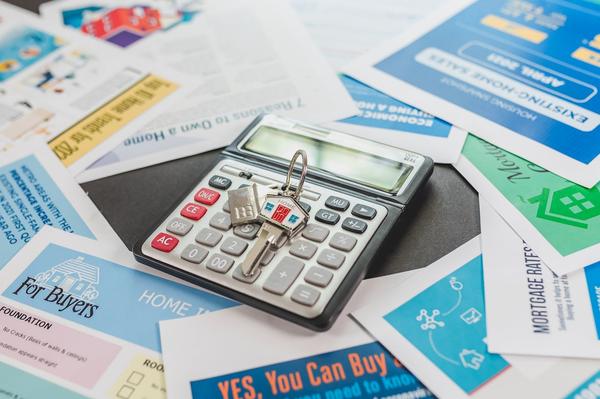The Tenant Factor: How Occupied Properties Can Still Sell for Top Dollar
Selling a home is already a big undertaking—but selling a home that’s currently tenant-occupied can feel even more challenging. Many landlords worry that having renters in place will make it harder to attract buyers or get the best price. The good news? With the right strategy, occupied properties can still sell for top dollar in today’s market.
Why Occupied Properties Still Attract Buyers
Built-In Income Potential
For investors, a tenant-occupied home is immediately attractive. It means the property is already generating cash flow, eliminating the time and effort needed to find renters.
Stability and Reduced Vacancy Risk
Having reliable tenants in place reassures buyers that the property can remain profitable from day one. For many, this reduces the perceived risk and increases willingness to pay a higher price.
For investors, a tenant-occupied home is immediately attractive. It means the property is already generating cash flow, eliminating the time and effort needed to find renters.
Stability and Reduced Vacancy Risk
Having reliable tenants in place reassures buyers that the property can remain profitable from day one. For many, this reduces the perceived risk and increases willingness to pay a higher price.
Preparing a Tenant-Occupied Home for Sale
1. Communicate with Tenants Early
Clear communication is key. Let tenants know about your plans and work with them on showing schedules. Happy tenants are more likely to keep the property clean and cooperate with viewings.
2. Showcase the Home’s Best Features
Even with tenants, ensure the home looks inviting. Small updates like fresh paint, tidy landscaping, and good lighting go a long way in making the property appealing to buyers.
3. Highlight the Lease Terms
Strong, favorable leases can add value. If tenants are paying market rent, emphasize this in your listing to show buyers the financial upside.
Clear communication is key. Let tenants know about your plans and work with them on showing schedules. Happy tenants are more likely to keep the property clean and cooperate with viewings.
2. Showcase the Home’s Best Features
Even with tenants, ensure the home looks inviting. Small updates like fresh paint, tidy landscaping, and good lighting go a long way in making the property appealing to buyers.
3. Highlight the Lease Terms
Strong, favorable leases can add value. If tenants are paying market rent, emphasize this in your listing to show buyers the financial upside.
Marketing to the Right Buyer Pool
Tenant-occupied properties often attract two key types of buyers:
- Investors seeking steady rental income.
- Owner-occupants who may want to move in later (once the lease ends).
Tailoring your marketing to both groups maximizes exposure and increases your chances of achieving a top-dollar sale.
- Investors seeking steady rental income.
- Owner-occupants who may want to move in later (once the lease ends).
Tailoring your marketing to both groups maximizes exposure and increases your chances of achieving a top-dollar sale.
The Role of a Skilled Real Estate Agent
An experienced agent can help navigate tenant relationships, showcase the property in the best light, and market it to the right audience. They’ll also know how to position the property’s income potential in a way that resonates with buyers.
Final Thoughts
Selling a tenant-occupied home doesn’t mean sacrificing profit. With smart preparation, clear communication, and targeted marketing, landlords can unlock the property’s true value and attract top-dollar offers.
If you’re ready to sell your investment property, don’t let occupancy hold you back. The right strategy can turn your tenant factor into a selling advantage.
If you’re ready to sell your investment property, don’t let occupancy hold you back. The right strategy can turn your tenant factor into a selling advantage.
Categories
Recent Posts

The “Silent Dealbreaker”: Hidden Issues That Turn Buyers Away Before the Offer Stage

When to Stage and When to Save: ROI-Based Home Presentation Tips

Prepping for Multiple Offers: How to Position Your Home for a Bidding War

Modern Buyers, Modern Expectations: Features That Seal the Deal in 2025

The "Back Pocket Offer": How to Attract Serious Buyers Before You Even List

Downsizing with Dollars in Mind: How to Sell Big and Buy Smart in One Move

Your Home’s Digital First Impression: Listing Copy & Photo Strategies That Sell

The Tenant Factor: How Occupied Properties Can Still Sell for Top Dollar

When Zillow Isn’t Enough: Why Professional Pricing Still Wins in 2025

The Smarter Seller’s Checklist: What to Do 30, 60, and 90 Days Before You List
GET MORE INFORMATION

